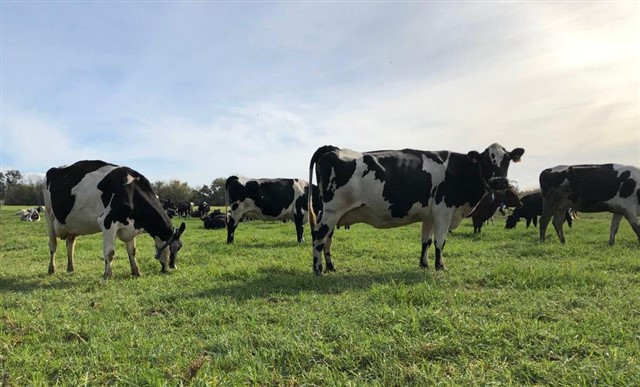Rethinking Lactation: What If One Calf Per Year Isn’t Optimal?
I just finished reading a paper published by van Knegsel and others on extended lactations in dairy cows, and it really challenged the traditional mindset of aiming for a one-year calving interval.
Key insights:
• Extending the voluntary waiting period (VWP) can reduce the number of transition periods, which may improve cow health and fertility.
• It may also help reduce the surplus of calves, an increasingly relevant issue in the dairy sector.
• However, there are trade-offs: milk yield efficiency (especially Milk Yield/Calving Interval) can vary, and there's a risk of fattening in late lactation, particularly in multiparous cows.
How are you approaching lactation length in your herd or region?
• Are you already customizing VWP based on individual cow traits like persistency, peak yield, or BCS?
• What tools or indicators help you decide when to delay insemination?
Let’s share experiences and ideas, especially around how to balance milk yield, fertility, and welfare in extended lactation strategies.

